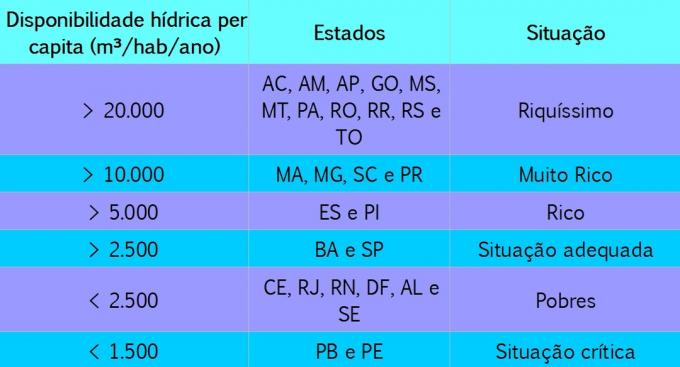The debate around the figure of Carlos Lamarca it is representative of the political positions taken in face of the intensification of social conflicts that Brazil went through between the end of the 1950s and the beginning of the 21st century. For some political currents, Lamarca was a hero who fought for the restoration of democracy in Brazil; for others, a traitor to the Brazilian army and a villain responsible for some deaths during the fight against the regime.
In addition to creating heroes or villains, it is up to historiography to present the facts of the life of historical characters and insert them into the social contexts in which they acted. In the case of Carlos Lamarca, the context of his action was the civil-military dictatorship that took place in Brazil between 1964 and 1985, in which a variety of political groups decided to adopt the strategy of armed struggle to confront the dictatorship.
Son of a shoemaker father and a housewife mother, Lamarca was born in Rio de Janeiro in 1937, entering the Cadet Preparatory School of Porto Alegre in 1955. He participated in the UN Peacekeeping Forces, serving in the Suez Battalion, in the Gaza region, Palestine, in 1962. This experience marked his life, as according to his biographers, it was in the Middle East that issues arising from social injustice touched the young officer. When the coup broke out in 1964, Lamarca was serving with the 6th Army Police Company, in Porto Alegre. In 1965, he asked for a transfer to Osasco, after facilitating the escape of a Brizolist who was under his responsibility. In 1967, he was promoted to captain of the army, and in 1969 he organized the action for his desertion from the army, which would consist of the assault of armaments at the Quitaúna barracks. Discovered before the action, Lamarca managed to obtain only a few rifles and submachine guns, which he used in the formation of the Vanguarda Popular Revolucionaria (VAR).
It was at the VAR that Lamarca and his companions began to carry out actions against the civil-military regime, which included the kidnapping of Swiss ambassador Giovanni Bucher, in 1970, in addition to several bank robberies to finance the actions of the armed group and typical rural guerrilla actions in Vale do Ribeira, on the southern coast of the state of São Paulo. Paul. Bank robberies and guerrilla actions resulted in the deaths of police officers and members of the army who pursued them.
In this sense, the fact that gained greater notoriety was the execution of the lieutenant of the São Paulo military police Paulo, Alberto Mendes Júnior, 22, who was part of a security force that surrounded them in the woods paulistas. The lieutenant surrendered in exchange for wounded comrades, who were imprisoned by the guerrillas. However, two members of the VAR disappeared during the displacements through the forest, raising the suspicion that they had been killed by police forces. Faced with this situation, Lamarca and the other guerrillas decided to form a “revolutionary court”, which judged the young lieutenant responsible for the deaths, decreeing his execution. Despite the sentence, the guerrillas decided to execute him with blows to the head, with the butt of a rifle, to avoid the noise of the shots. The brutality of the death, later discovered, served to intensify the campaign against Lamarca and the guerrillas in general.
Lamarca and his companions managed to escape, later joining two other guerrilla groups, the VAR-Palmares and the 8th of October Revolutionary Movement (MR-8). It was in actions of the latter group, in the interior of Bahia, that Lamarca was denounced and surrounded by army forces of Operation Pajussara, being shot dead in 1971.
The figure of Lamarca generated controversy precisely because he was one of the main left-wing guerrilla fighters to fight against the civil-military regime. Terrorist or hero, this dichotomy will only be overcome with the unrestricted opening of official documents of the Armed Forces and the State Brazilian, produced during the civil-military dictatorship, creating the bases for a historical analysis less linked to political interests personal.
* Image credits: John Presidential Museum and Library. F. Kennedy.
By Tales Pinto
Graduated in History
Source: Brazil School - https://brasilescola.uol.com.br/historiab/carlos-lamarca-capitao-guerrilha.htm



